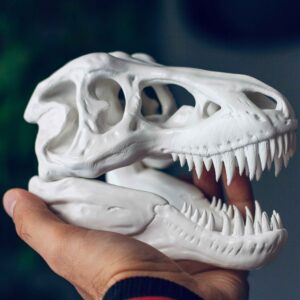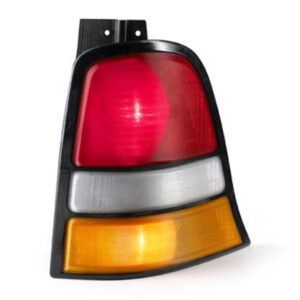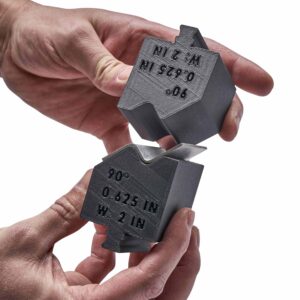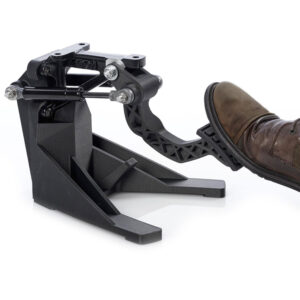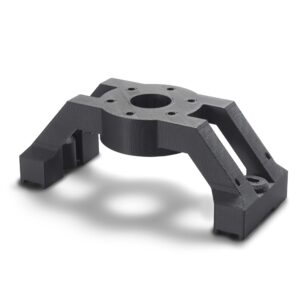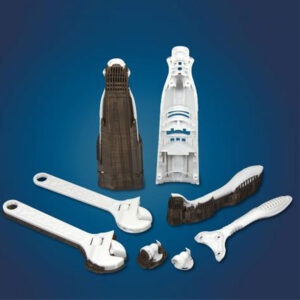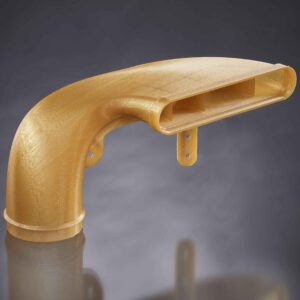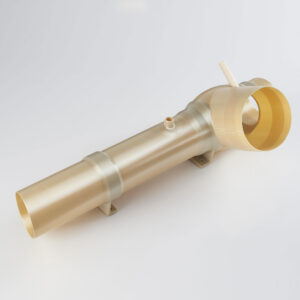When it comes to 3D printing, Fused Deposition Modeling (FDM) is one of the most popular and accessible technologies available. FDM 3D printing allows for the creation of intricate and functional parts layer by layer. However, achieving the desired precision and accuracy in FDM prints involves understanding the concept of tolerances and selecting the right materials. In this blog post, we’ll dive into the world of FDM 3D printing materials tolerances to help you make informed decisions for your projects.
What Are Tolerances in 3D Printing?
Tolerances, in the context of 3D printing, refer to the permissible limits of variation in a printed part’s dimensions compared to its intended design. In simpler terms, it’s the degree of accuracy or precision that can be expected from a 3D print. Achieving tight tolerances can be essential for applications such as prototyping, product development, and manufacturing.
Factors Affecting Tolerances in FDM 3D Printing:
Several factors influence the tolerances you can achieve in FDM 3D printing:
Material Selection: The type of filament used greatly impacts tolerance. Different materials, like PLA, ABS, PETG, or specialty filaments, have varying thermal properties, which affect print accuracy.
Nozzle Size: The diameter of the printer’s nozzle plays a crucial role. Smaller nozzles tend to produce finer details but may require slower print speeds to maintain precision.
Layer Height: Layer height directly affects print resolution. Smaller layer heights produce smoother surfaces and finer details, but printing at high resolutions can be time-consuming.
Printer Calibration: Proper printer calibration, including leveling the build plate and ensuring the extruder’s steps-per-mm settings are accurate, is essential for achieving tight tolerances.
Print Speed: Faster print speeds may sacrifice precision for quicker results. Adjusting print speed can impact the accuracy of the final print.
Environmental Conditions: Factors such as ambient temperature and humidity can affect the thermal properties of the material, potentially impacting print tolerances.
Choosing the Right FDM 3D Printing Material:
Selecting the right material is crucial to achieving the desired tolerances in your 3D prints:
PLA (Polylactic Acid)
PLA is known for its ease of use and good dimensional accuracy. It’s a great choice for general-purpose prototyping and hobbyist projects. However, is not favored in industrial 3D printing due to its limited temperature resistance, warping tendencies, biodegradability, and lack of certifications for durability and specific applications.
ABS (Acrylonitrile Butadiene Styrene)
ABS is a popular choice in professional industries due to its exceptional durability, impact resistance, temperature stability, reliable layer adhesion, and ease of post-processing. Its versatility suits applications in automotive, aerospace, and manufacturing.
 ASA (Acrylonitrile Styrene Acrylate)
ASA (Acrylonitrile Styrene Acrylate)
ASA is favored in various industries for its outstanding weather and UV resistance, making it ideal for outdoor applications. ASA also maintains strong mechanical properties, ensuring long-lasting and robust 3D-printed parts. Its ability to withstand harsh environmental conditions and retain its color and structural integrity makes it a valuable choice in sectors like automotive, signage, and outdoor equipment manufacturing. It offers similar printing characteristics to ABS and can achieve good tolerances when printed under controlled conditions.
Nylon CF10 (Carbon Fiber-Filled Nylon)
Nylon CF10 is highly regarded in industries for its exceptional strength and stiffness, thanks to the added carbon fiber reinforcement. It is ideal for applications demanding lightweight yet durable parts, such as aerospace, automotive, and sports equipment manufacturing.
Nylon 12, a versatile thermoplastic material, is a preferred choice in industries due to its excellent chemical resistance, durability, and versatility. It is commonly used for producing robust, high-performance components in automotive, aerospace, and healthcare applications.
Diran 410MF07, a specialized FDM material, stands out in industrial applications for its low friction, wear resistance, and chemical resilience. It is commonly employed in demanding environments, such as industrial settings, where parts need to endure challenging conditions while maintaining precision and reliability.
PC (Polycarbonate)
PC 3D printing filament is widely adopted in various industries for its exceptional heat resistance, strength, and durability. It is a top choice for applications where parts must withstand high temperatures, impact, and mechanical stress, such as aerospace, automotive, and electronics manufacturing.
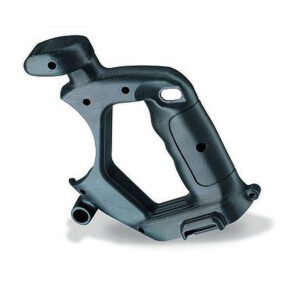 PC-ABS (Polycarbonate-Acrylonitrile Butadiene Styrene)
PC-ABS (Polycarbonate-Acrylonitrile Butadiene Styrene)
PC-ABS is a versatile 3D printing material commonly used in professional industries. It offers a unique combination of polycarbonate’s strength and heat resistance with ABS’s ease of printing and affordability. This makes PC-ABS ideal for applications that require both durability and good printability, such as automotive, electronics, and consumer goods manufacturing. Its ability to withstand a range of environmental conditions and mechanical stresses while maintaining dimensional stability makes it a valuable choice in various industrial settings.
ULTEM 1010, a high-performance thermoplastic, is highly sought after in industries requiring exceptional heat and chemical resistance. Widely used in aerospace, automotive, and healthcare sectors, it excels in demanding applications where stability and precision are paramount. Its ability to meet strict safety standards and withstand extreme conditions makes it indispensable in critical industrial applications.
ULTEM 9085, a high-performance thermoplastic, is a go-to choice in industries where stringent safety standards and robust performance are essential. It’s commonly utilized in aerospace, automotive, and healthcare applications, excelling in scenarios that demand exceptional heat resistance, flame, smoke, and toxicity (FST) compliance. ULTEM 9085’s ability to maintain structural integrity under extreme conditions and meet strict industry requirements makes it indispensable for critical manufacturing and engineering needs.
Understanding tolerances in FDM 3D printing materials is essential for achieving accurate and reliable results. By carefully considering material properties, printer settings, and environmental factors, you can fine-tune your 3D printing process to meet your project’s specific requirements. Whether you’re prototyping, creating functional parts, or engaging in creative endeavors, mastering tolerances is a key step toward 3D printing success.

